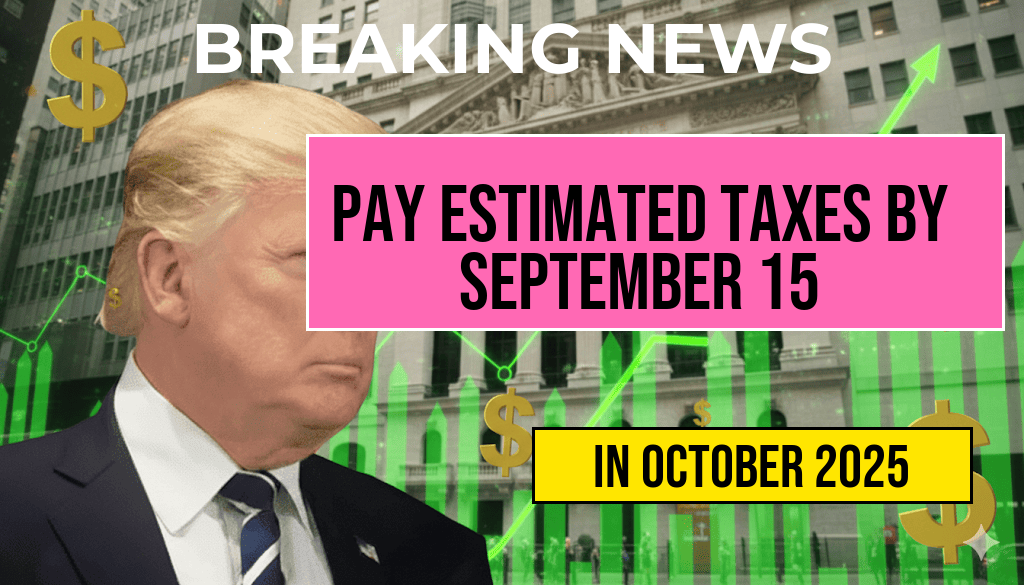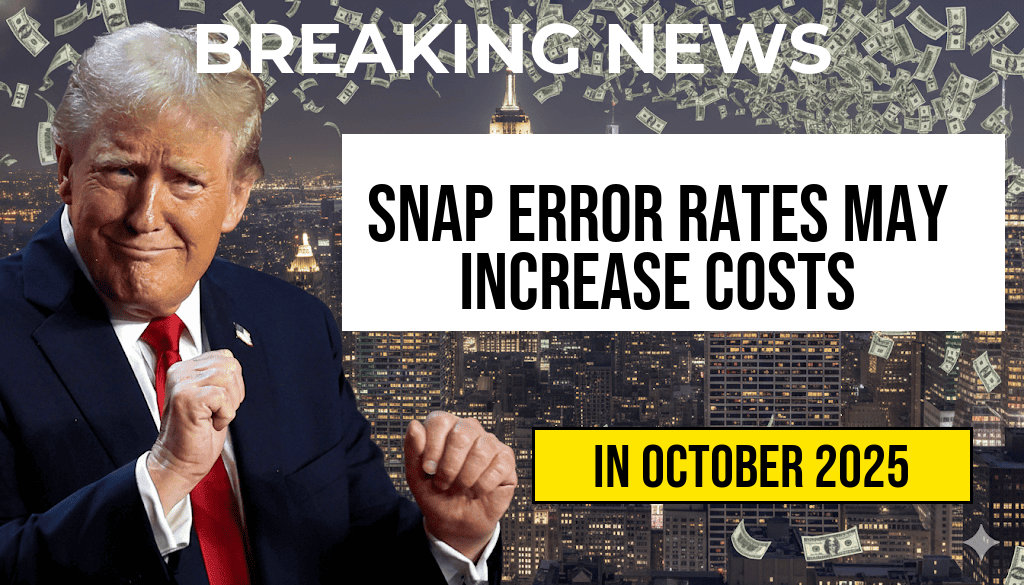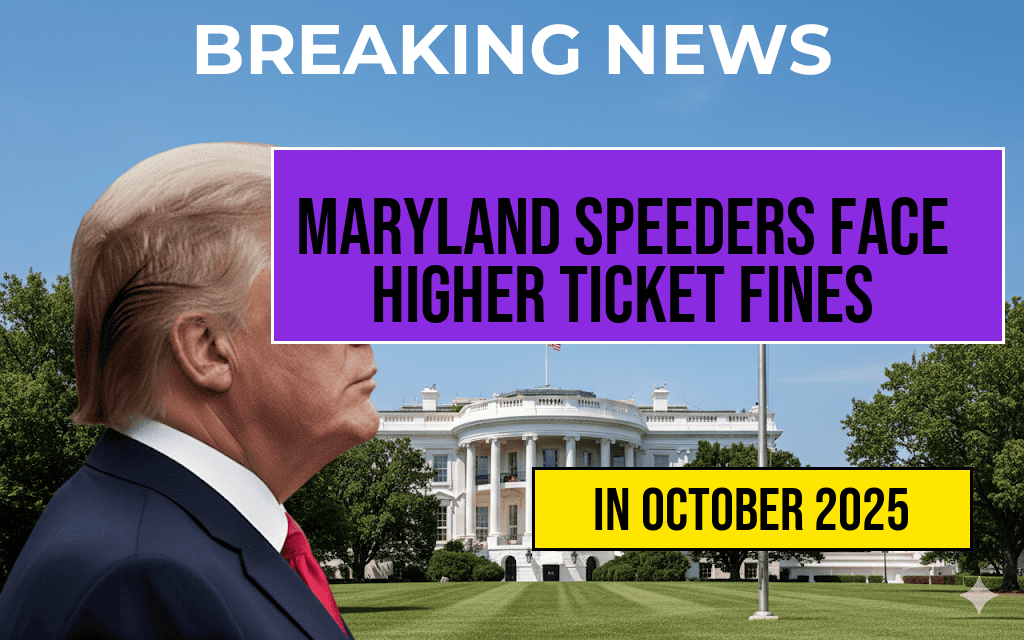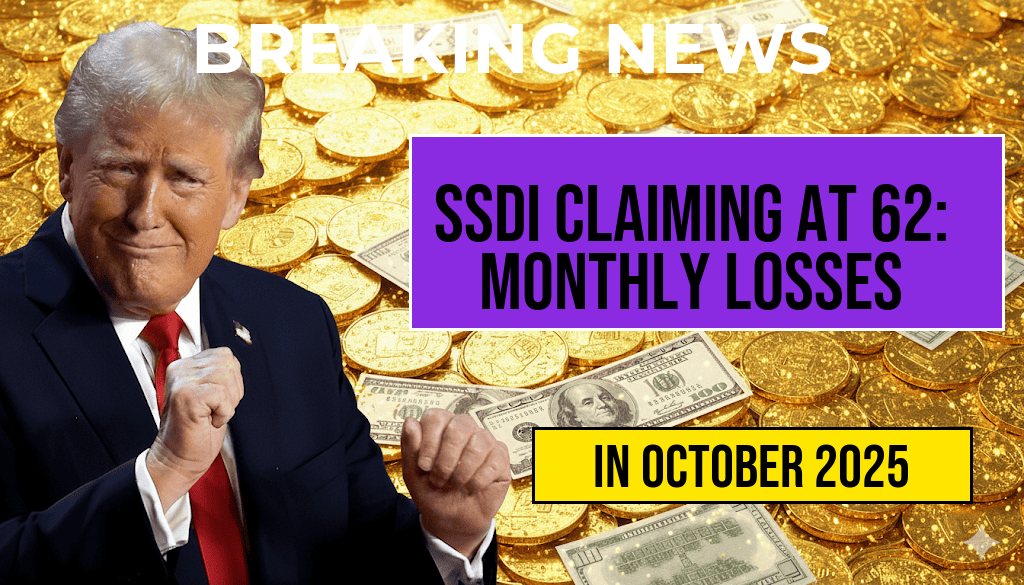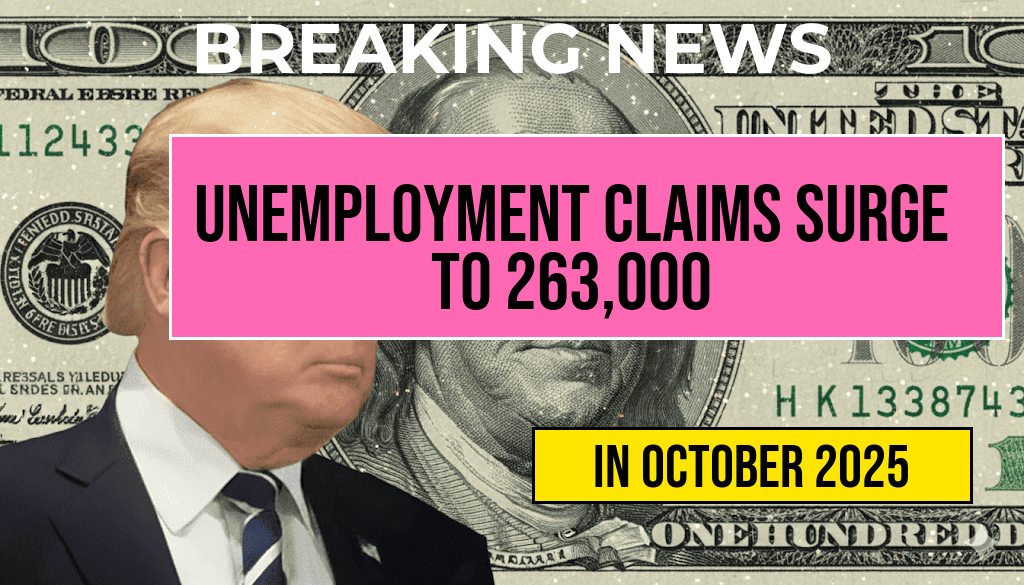As the tax season approaches its final quarter, the Internal Revenue Service (IRS) has issued an important notice reminding taxpayers to submit their estimated tax payments by September 15. This deadline is crucial for individuals and businesses who expect to owe more than $1,000 in taxes for the year. Failing to meet this deadline could result in penalties and interest charges that could significantly increase the overall tax liability. With many taxpayers still navigating the complexities of their financial situations post-pandemic, the IRS aims to provide clarity and guidance to avoid unnecessary financial burdens.
Understanding Estimated Taxes
Estimated taxes are payments made to the IRS on income that is not subject to withholding, such as self-employment income, interest, rents, and dividends. For many, particularly freelancers and small business owners, these payments are a vital part of managing tax liabilities throughout the year. The IRS requires these payments to ensure that taxpayers pay taxes on income as it is earned, rather than waiting until the annual tax return is filed.
Who Needs to Pay Estimated Taxes?
Taxpayers must make estimated tax payments if:
- They expect to owe $1,000 or more when filing their return.
- They had no tax liability in the previous year, and their tax return covered a full 12 months.
- Their withholding and refundable credits are less than the smaller of 90% of the tax for the current year or 100% of the tax shown on the return for the previous year.
Penalties for Late Payments
Taxpayers who miss the September 15 deadline may face various penalties. The IRS assesses a failure-to-pay penalty, which can reach up to 0.5% of the unpaid tax amount for each month or part of a month the tax remains unpaid. Additionally, interest accrues on the unpaid balance, compounding the total owed.
How to Calculate Estimated Taxes
To determine the appropriate amount to pay, individuals can use the IRS Form 1040-ES, which provides a worksheet to help estimate tax liability. The form considers various factors, including expected income, deductions, and credits. Here are the steps:
- Estimate your expected adjusted gross income.
- Calculate your taxable income by subtracting deductions.
- Use the current tax rates to determine your expected tax liability.
- Subtract any anticipated credits to arrive at your total estimated tax due.
Payment Options
The IRS offers several convenient methods for making estimated tax payments:
- Online: Through the IRS Direct Pay system, taxpayers can make payments directly from their bank accounts.
- By Mail: Taxpayers can send their payments with a completed Form 1040-ES voucher to the address specified for their location.
- Electronic Funds Withdrawal: When e-filing their returns, taxpayers can choose this option to pay their estimated taxes.
Resources for Taxpayers
For those seeking assistance or additional information regarding estimated taxes, the IRS provides comprehensive resources online. Taxpayers can visit the following links for more details:
Conclusion
As the September 15 deadline approaches, taxpayers should take proactive steps to ensure their estimated tax payments are submitted on time. By understanding their tax obligations and utilizing available resources, individuals can avoid penalties and manage their financial responsibilities effectively. Staying informed and organized can make a significant difference in navigating the complexities of tax payments.
Frequently Asked Questions
What is the significance of the IRS notice regarding estimated taxes?
The IRS has issued a new notice emphasizing the importance of paying estimated taxes by the deadline of September 15 to avoid incurring penalties. This notice serves as a reminder for taxpayers to meet their obligations and ensure compliance.
Who needs to pay estimated taxes?
Taxpayers who have income that is not subject to withholding, such as self-employed individuals, investors, or those with significant income from rental properties, are typically required to pay estimated taxes.
What happens if I miss the September 15 deadline?
If you fail to pay your estimated taxes by the September 15 deadline, you may face penalties and interest on the unpaid amount, leading to a higher overall tax liability when you file your return.
How can I determine the amount of estimated taxes I need to pay?
To calculate your estimated taxes, you can use Form 1040-ES, which provides a worksheet to estimate your annual income and tax liability. It is advisable to consult a tax professional for personalized guidance.
Are there any exceptions to the estimated tax payment requirement?
Yes, certain taxpayers may qualify for exceptions to the estimated tax payment requirement, such as those who expect to owe less than $1,000 in tax after subtracting their withholding and refundable credits. Always check with the IRS or a tax advisor for specifics.

